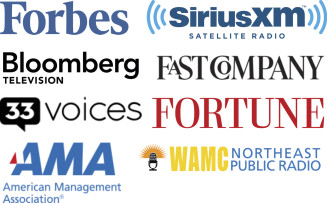 A recent study published in the journal Science reports interesting effects of color on human behavior. Researchers asked participants to perform tasks with words or images displayed against red, blue, or neutral computer backgrounds. Groups with red backgrounds showed better accuracy and attention to detail, while groups with blue backgrounds performed better on tasks requiring creativity.
A recent study published in the journal Science reports interesting effects of color on human behavior. Researchers asked participants to perform tasks with words or images displayed against red, blue, or neutral computer backgrounds. Groups with red backgrounds showed better accuracy and attention to detail, while groups with blue backgrounds performed better on tasks requiring creativity.
As we briefly discussed in a previous entry, Express Scripts has studied the effects of color as well using our Savings Center feature, which alerts members to safety, savings, and convenience opportunities with their prescriptions. The goal of the alert is prompting members to click through to a personalized page that lists their savings opportunities.
We randomized more than 60,000 sequential visitors with a savings opportunity to various versions of a savings alert. The alerts varied both in the color of the headline (red vs. blue) and the amount of text, as shown in Figure 1.

Figure 1. Nearly 62,000 subjects were presented with various versions of an online “savings opportunity” alert. The alerts varied in color of the headline and in the amount of supporting copy.
The optimal combination for the alert was a red headline with minimal supporting copy (see Figure 2). In addition, there appeared to be an interaction between the amount of text and color, as shown in Figure 2 below. Specifically, when a red headline was used, there was a dose response in which adding text degraded the performance of the alert.

Figure 2. Click-through rates by headline color and amount of supporting copy. Note the apparent “dose response” between the red headline and the amount of supporting copy.
Finally, we looked at how red headlines performed relative to blue ones among various member segments. We found that red outperformed blue primarily among younger members who were more financially well-off, with relative performance dropping with income. There was no clear effect of this kind in older members.

Figure 3. Differential click-through rates (red headline minus blue headline) split by income and age. Note the premium of the red headline appears to degrade as income drops, at least for the two younger segment groups. Segments are from Claritas Life Stage® analysis.
There’s a lot we still don’t understand yet about timing, context, and other factors that improve responsiveness… but we have a great lab for advancing our understanding.
(Note: this entry originally appeared at consumerology.com)

